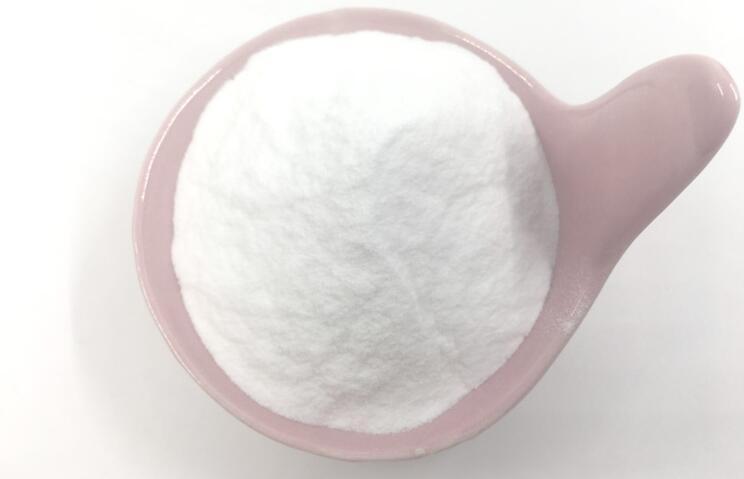Baking Soda Could Eliminate CO2 Emissions From Atmosphere
time2017/10/10
Baking Soda Could Eliminate CO2 Emissions From Atmosphere

A novel class of materials that enable a safer, cheaper, and more energy-efficient process for removing greenhouse gas from power plant emissions has been developed — an approach that could be an important advance in carbon capture and sequestration.
Power generating plants are the single largest source of carbon dioxide (CO2), a greenhouse gas that traps heat and makes the planet warmer. According to the U.S. Environmental Protection Agency, coal- and natural gas–fired plants were responsible for one-third of U.S. greenhouse gas emissions in 2012.
That’s why the agency has proposed rules mandating dramatically reduced carbon emissions at all new fossil fuel–fired power plants. Satisfying the new standards will require operators to equip plants with carbon-trapping technology.london hydrogen bus
Current carbon capture technology uses caustic amine-based solvents to separate CO2 from the flue gas escaping a facility’s smokestacks. But state-of-the-art processes are expensive, result in a significant reduction in a power plant’s output, and yield toxic byproducts.
The new technique developed by a team from Harvard University and Lawrence Livermore National Laboratory employs an abundant and environmentally benign sorbent: sodium carbonate, a.k.a. kitchen-grade baking soda. The scientists produced microcapsules that contain liquid sorbents encased in highly permeable polymer shells. They have significant performance advantages over the carbon-absorbing materials currently used.little-lantern-fish-UCSD
These sorbents achieve an order-of-magnitude increase in CO2 absorption rates compared to ones currently used in carbon capture. Another advantage: amines break down over time, while carbonates have a virtually limitless shelf life.
“These permeable silicone beads could be a ‘sliced-bread’ breakthrough for CO2 capture—efficient, easy-to-handle, minimal waste, and cheap to make,” says Stuart Haszeldine, professor of carbon capture and storage at the University of Edinburgh, who was not involved in the research. “Durable, safe, and secure capsules containing solvents tailored to diverse applications can place CO2 capture firmly onto the cost-reduction pathway.”
“Microcapsules have been used in a variety of applications—for example, in pharmaceuticals, food flavoring, cosmetics, and agriculture—for controlled delivery and release, but this is one of the first demonstrations of this approach for controlled capture,” says Jennifer A. Lewis, the Hansjörg Wyss Professor of Biologically Inspired Engineering at the Harvard School of Engineering and Applied Sciences and a co-lead author.
